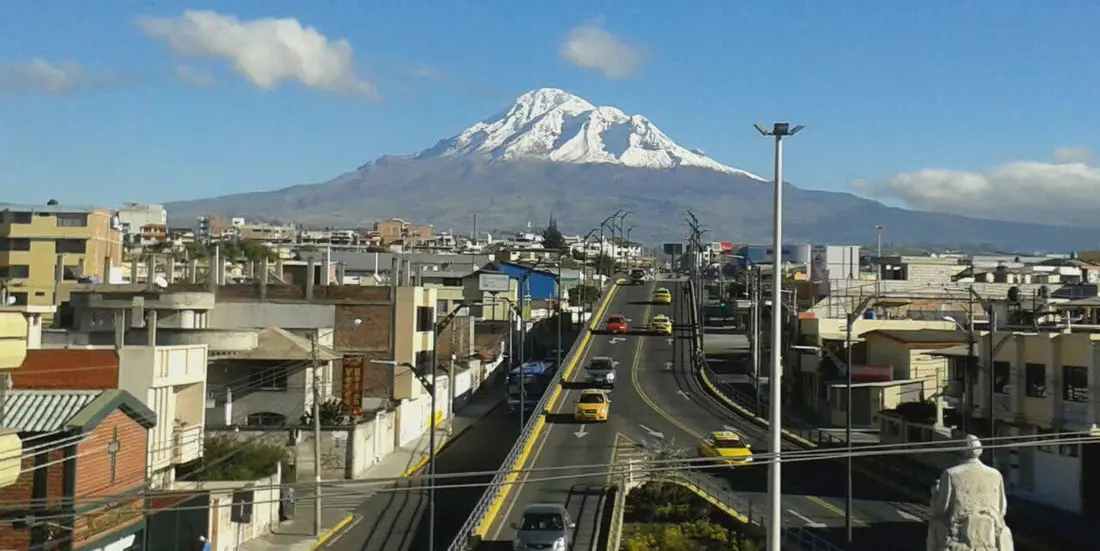Blog, Carbon Footprint, Guest Blog, Sustainability
Can Post-Disaster Reconstruction Be Sustainable?
Guest blog by Kurt Rhyner, EcoSur Network
It is the goal of most aid projects and the dream of donors. Is it possible to change a situation when immediate action is needed? Some 40 years of hands-on management in post-disaster situations in poor countries have taught me that it is possible to induce steps towards sustainability, but the chances of failure are high, even with experience and goodwill. It can be done on small scale, but the political setup and large scale interventions from interested parties often make it difficult.
Sustainable Actions
After the 2010 earthquake in Haiti most agencies decided to build temporary shelters, even though they basically knew that this is contrary to sustainability. Imported soft timber and walls of pressboard will not last long and the metal sheets will fly off in the next hurricane, the inhabitants are back in their unsustainable world of before, new slums are created and the millions of Dollars have been spent on imports and salaries to foreign experts. At meetings of the UN-based “Shelter Cluster” in Geneva there was wide agreement to never do that again, It seemed the lesson was learned.
Sustainable Re-Construction
In order to make a positive impact on sustainability, there must be changes on a wider scale. This demands patient investment of time and a closer look at the larger scale on the local level. But more and more decisions are taken in the donor headquarters, designing strategies to optimize the impact on theoretical backgrounds. The on site managers become informers and implement the decisions taken abroad. The projects are implemented, reported and closed. Very few seem to be interested in re-visitng ten or twenty years later……
Forty years ago in Guatemala, the headquarters had no direct influence on the project, they set guidelines and they were informed by snail mail of the decisions taken. Maybe it was not efficient, but it was effective, and shows a level of sustainability that hopefully will be matched by some of the newer actions.


A full report on a 2015 workshop on this subject highlighting many of the issues raised is available to download from the International Symbiosis Ltd website titled – Sustainable Resource Management in Post Disaster/Conflict Situations: Exploring the Role of Industrial Symbiosis